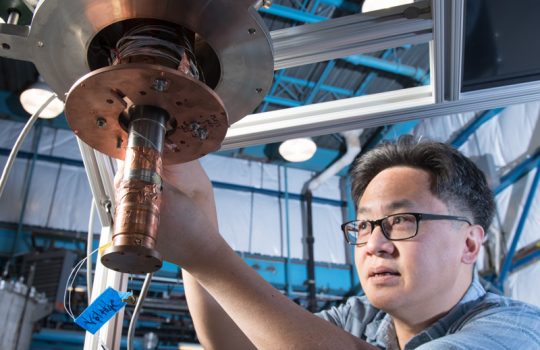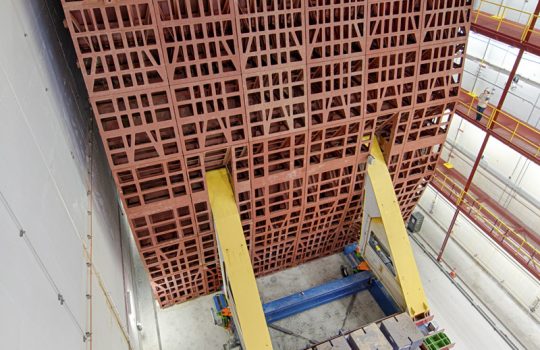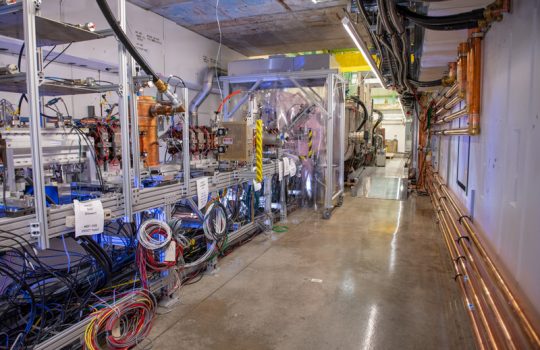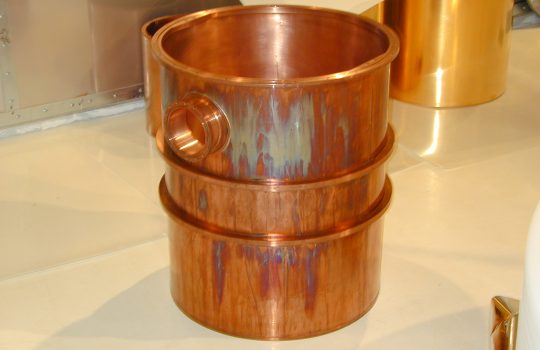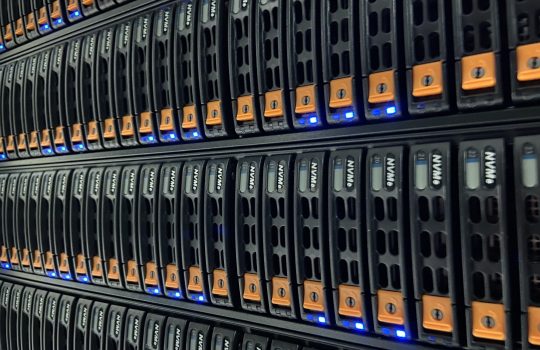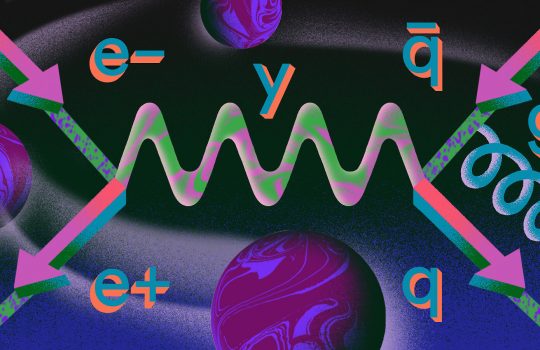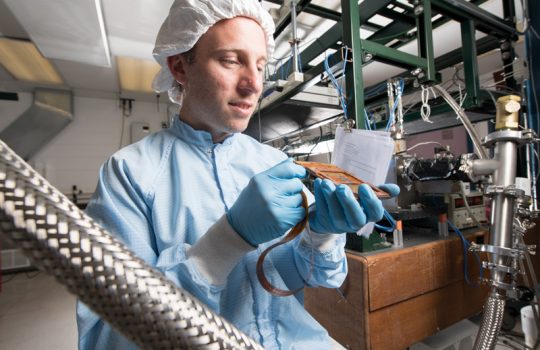Fermilab is partner in Quantum Science Center based at Oak Ridge National Laboratory
- detector technology
- engineering
- Oak Ridge National Laboratory
- quantum computing
- quantum information science
- quantum science
- Quantum Science Center
- quantum sensing
Fermilab plays a key role in the Quantum Science Center, led by Oak Ridge National Laboratory. The center unites Oak Ridge’s powerhouse capabilities in supercomputing and materials science with Fermilab’s world-class high-energy physics instrumentation and measurement expertise and facilities. Drawing on their experience building and operating experiments in cosmology and particle physics and in quantum information science, the Fermilab team is engaging in QSC efforts to develop novel, advanced quantum technologies.

